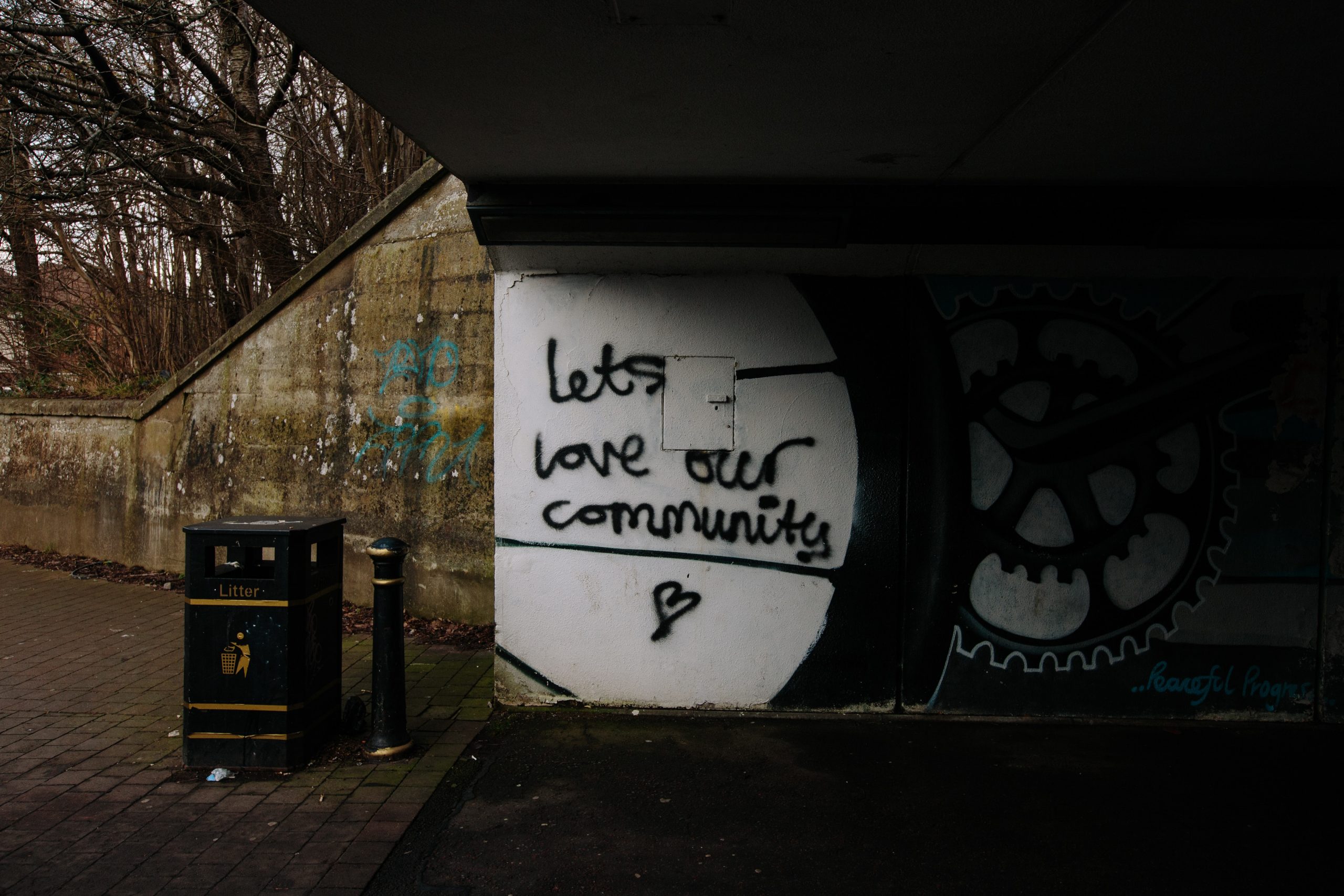So, you have just hired that new community manager into your organization. Their remit is simple: build a community that wraps around your product/technology/service. You have an idea of what success looks like, but you are also not entirely sure exactly what this new hire will be doing at a tactical level.
Lots of people are in this position. Here are five things you should focus on to help ensure they are successful.
### 1. Think carefully about the reporting line
When a new community manager joins a company the question is where they report. In many cases they report into Marketing, in some cases (particularly for technology companies) they report to Engineering. In some cases they report to the COO.
Much of this depends on what the community manager is doing. If they are managing social and forums, marketing may be a good fit. If they are building a developer community, engineering may be a good.
If however they are building a full community with infrastructure, processes, governance, and more, they are going to be working cross-team in your organization. As such, having them report into a single team such as Marketing may not be a good idea: it may restrict their cross-functional capabilities and executive buy-in.
Also, and how do I say this delicately…there is often a philosophical difference between traditional marketing/brand managers and community managers. Think carefully about how open to community success your marketing manager is…if they are not very open, they may end up squashing the creativity of your new hire.
### 2. Build a strategic plan
A key part of success is setting expectations. With rare exceptions, right out the gate the difference in expectations between senior execs and a new community manager are likely to be pretty significant. We want to reduce that gap.
To do this you need to gather stakeholder requirements, define crisp goals for what the community should look like and map out an annual strategic plan that outlines what the community manager will achieve to meet those goals as well as crisp success criteria. Summarize this into a simple deck to review with the exec team and other key leaders in the organization.
The community manager should make a point of socializing the strategy with the majority of the organization: it will help to smooth the lines to success.
### 3. Provide mentoring
The is a huge variance in what community managers actually do. Some take care of social media, some respond on forums, some fly to conferences to speak, and some built entire environments with infrastructure, process, governance, and on-ramps to help the community be successful.
I believe the latter, is the true definition of a community manager. A community manager should have a vision for a community and be able to put all the infrastructure, process, and resources in place to achieve it.
This is tough. It requires balancing lots of different teams and resources, and your new hire may feel they are drowning. Find a good community manager who gets this kind of stuff and ask them for help. Encourage an environment and culture of learning: help them to help themselves to be successful.
### 4. Have an “essential travel only” policy
I see the same thing over and over again: a new community manager joins a company and the company spends thousands flying them to every conceivable conference to speak and hang out with attendees. This is usually with the rationale of “spreading the word”.
Here’s the deal. Every minute your community manager is on the road, at conferences, preparing talks, and mingling with people, they are not working on the wider community vision, they are working on the scope of that event. Travel 2is incredibly disruptive and conferences are very distracting, and at the beginning of a new community, you really want your community manager putting the foundations of your community in place which typically means them being sat at a computer and drinking plenty of coffee.
Now, don’t get me wrong, conferences and travel are critical for community success. My point is that you should pick conferences that match closely with the strategy you have defined. This keep your costs lower, your new hire more focused, and help get things up and running quicker.
### 5. Train the rest of your employees
The word “community” means radically different things to different people. For some a community is a customer-base, for some it is engineering, for some it is a support function, for others it may be social media.
When your new community manager joins, your other staff will have their own interpretation of what “community” means. You should help to align the community manger’s focus and goals with the rest of the organization.
In many companies, the formation of a community is a key strategic change. It is often a new direction that is breaking some ground. In these cases, this step is particularly important. We want to ensure the wider team knows the organizational significance of a community, but also to get them bought into the value and opportunity it brings.
I hope this helps. If anyone has any questions I can help with, feel free to get in touch.








